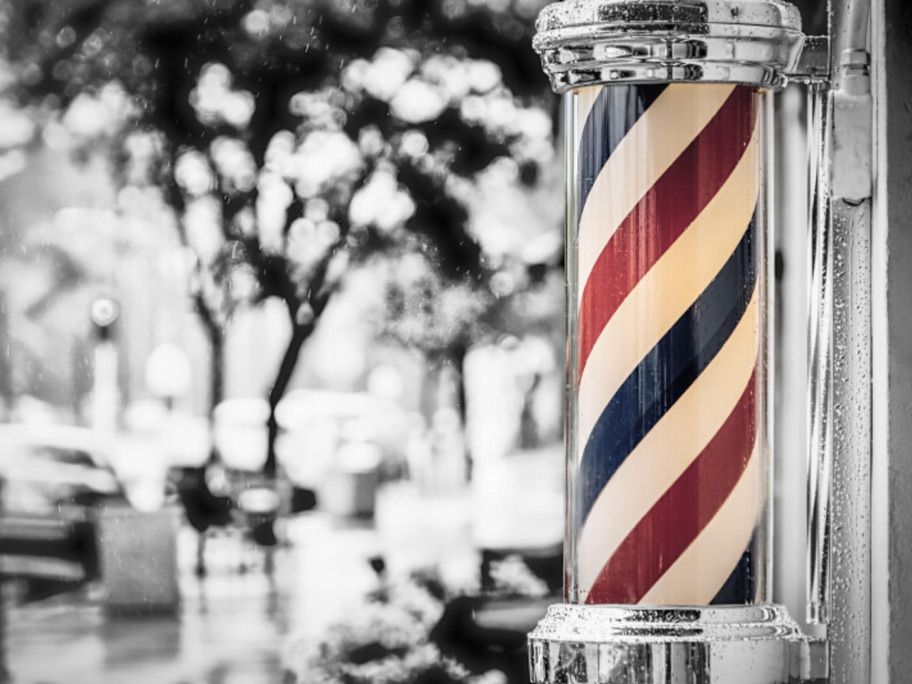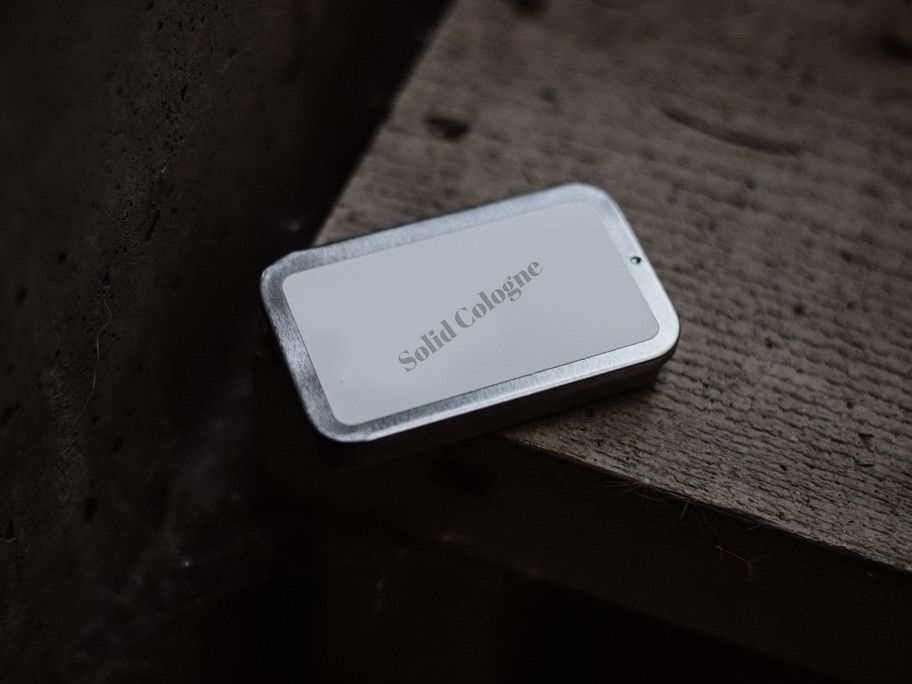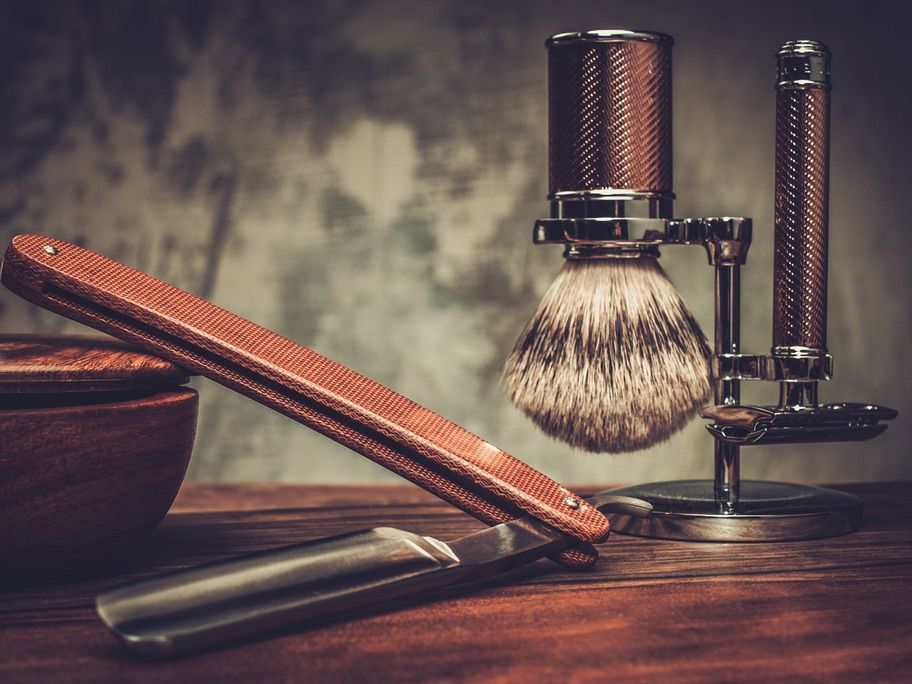The colors of the barber pole are a legacy of a (thankfully) bygone era. A time when people visited the barber not only for a haircut or a shave, but also to undergo medical procedures such as bloodletting. Bloodletting, known in the Middle Ages, involved cutting open a vein and draining blood. At the time, it was a common treatment for a variety of ailments, from a simple sore throat to the deadly plague.
The monks, who often cared for the sick, performed the procedure, and barbers, skilled in handling the sharp instruments, assisted them. When the clergy were forbidden to perform these procedures, barbers incorporated a variety of techniques and procedures into their repertoire: They no longer just cut hair and trimmed beards, but also practiced medicine and dentistry.
The current appearance of the barberpole is therefore derived from the bloodletting procedure, with the color red referring to the blood and white to the bandages and dressings used. The pole itself is said to represent the rod that patients held in their hands and pressed down to reveal the veins on their arms for the procedure. For this reason, only these two colors adorn the classic pole.
Later, the red and white pole was supplemented by a blue stripe, which can be seen primarily in American barbershops, but also increasingly in Europe. One theory is that the blue stripe represents the veins cut during bloodletting. However, it's also conceivable that Americans adopted the color blue from their national flag as a symbol of patriotism.
Warning: If you ever go on vacation to South Korea, you'll need to be especially careful if you want to get a new haircut. Brothels there are also marked with a barber pole. However, there are two poles next to each other to distinguish brothels from barbershops.

Image credit: "Rain collecting on the barber shop pole at Island Barbers in Coronado, California" by Bill Chizek, Shutterstock. Standard License



